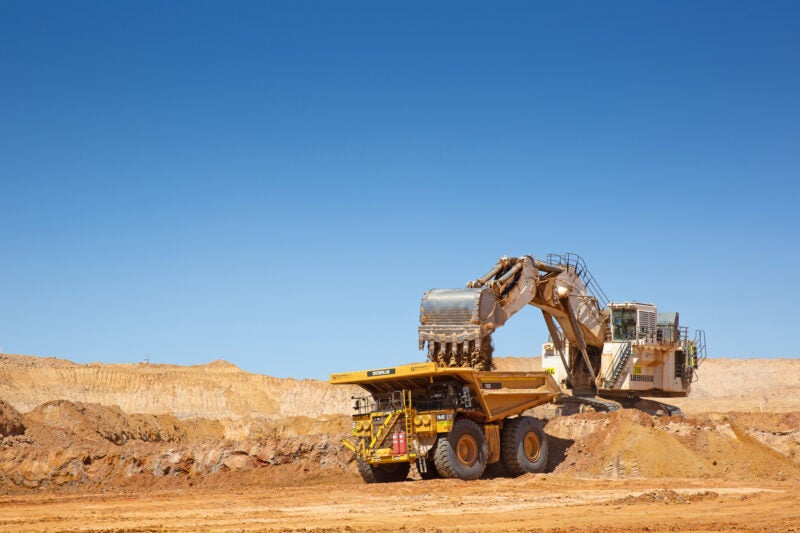
Iluka Resources has taken a final investment decision (FID) on the Balranald critical minerals project in New South Wales, Australia, which will involve a capital cost of A$480m ($330m).
The FID follows a definitive feasibility study (DFS) for the critical minerals project, which was completed in late 2022.
Located in the Riverina district, the Balranald project is a rutile and zircon rich deposit. It also contains material quantities of rare earth minerals.
The Balranald critical minerals project is expected to produce an average of 60,000 tonnes per annum (60ktpa) rutile, 50ktpa zircon, 50-70ktpa synthetic rutile, 150ktpa sulphate ilmenite, and 4ktpa rare earth concentrate (REC).
According to Iluka Resources, the construction period of the critical minerals development project is 18 months and the first production is expected in the first half of 2025.
The net present value of the Balranald development is A$400m ($275m), while the initial estimated mine life is 9.5 years.
Iluka Resources stated that the Balranald project has received all the necessary environmental permits to begin operations. The approval for mining was received through a modification of consent (MOD) to the approval granted in 2016 for an open cut operation.
To be developed using underground mining (UGM) technology, the Balranald development project will be financed internally by the company.
Iluka Resources managing director Tom O’Leary said: “Iluka’s UGM technology is akin to keyhole surgery for the mining of critical minerals.
“This enables access to ore bodies previously thought uneconomic, with marked reductions in both environmental disturbance and carbon intensity relative to traditional mineral sands extraction techniques, which are themselves less impactful than other commodities.”



